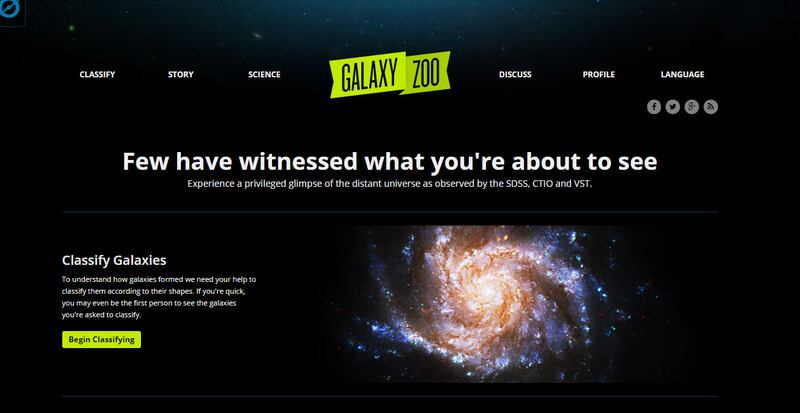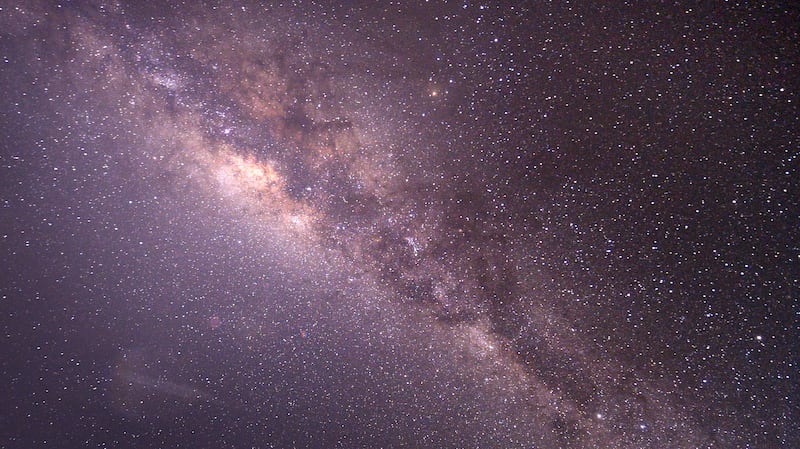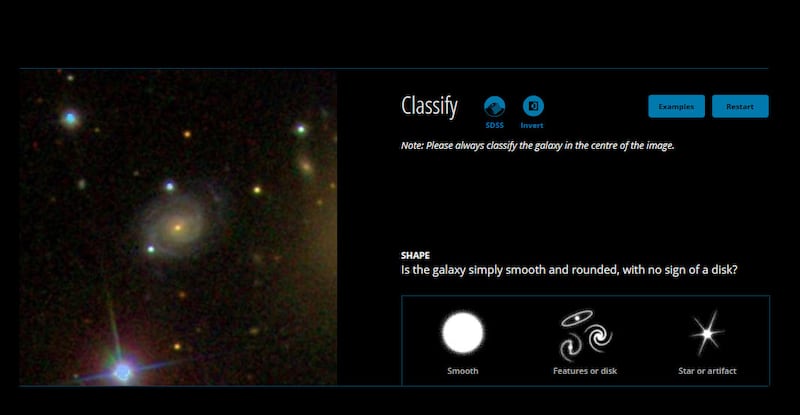An online project which spurned a citizen science revolution is marking its 10th anniversary.
Galaxy Zoo started in July 2007 asking people online to categorise images of galaxies from their own computer. The response was staggering.
The newly-established website and servers crashed under the demand. When it was up and running, 70,000 pictures were being classified each hour and by the end of the first day all of the 950,000 pictures in the system had been viewed.
A decade on from that first day, the man behind the call for action, professor of astrophysics Chris Lintott, is still amazed at the initial reaction.
Ten years ago today, we asked people to help us classify galaxies, and were overwhelmed by the response. Thanks all! #GZoo10 https://t.co/iLtlN41lZf
— chrislintott (@chrislintott) July 11, 2017
“People were getting involved for the sheer joy of helping,” he said. “It was people who really wanted to contribute to science. By the end of day one they had checked all the images.”
The website was prompted when Lintott, newly arrived in Oxford to research the chemistry in star formation in galaxies, was faced with analysing 950,000 images. Colleague Kevin Schawinski had already analysed 50,000 manually and neither relished the prospect of such work.
Together they decided to harness people power with amazing results as citizen scientists were only too happy to help.
Over the decade Galaxy Zoo has been supported by 150,000 people generating 50 million classifications.

Once it had started, forums and message boards were popping up around the project discussing what was being seen. A side project looked for galaxies shaped like letters of the alphabet.
“Citizen scientists, people, have a remarkable knack for spotting the unusual,” said Lintott.
A group known as the Peas Corp formed when people started spotting mysterious small green blobs in pictures. They had actually found small galaxies which are considered the most efficient way of creating stars.
The eventual scientific paper on the peas name-checked 10 of the Peas Corp members in the author credits.

Galaxy Zoo was a solution for a problem which had been forecast by scientists a decade previous: too much data. Or rather, how to analyse big data.
Machine learning, where a computer is trained to spot patterns – in this case to identify galaxies and classify their shapes – only has a 70% success rate. In addition, computers are unable to spot the bizarre asides which have made Galaxy Zoo such a success.
With the impressive response Lintott’s original research went on the back burner. Other scientists and academics got in touch asking if “their people” could help on other projects.
And the term citizen scientist came to the fore.
“We adopted it deliberately. People are being scientists,” said Lintott. “Theirs is as much a contribution to the project as anything I do. You couldn’t do this any other way. It reopened the opportunity to find the unusual.”

From Galaxy Zoo came Zooniverse, an online platform where some 100 projects now ask for help from citizen scientists covering disparate fields from climate change and humanities to cell biology.
Lintott added: “People are excited about participating and understanding the world around them,”
The fifth incarnation of Galaxy Zoo is in the offing. Citizen scientists will look at pictorial data from the Large Synoptic Survey Telescope in Chile.
"Come and help us do science" @chrislintott #gzoo10
— Karen Masters 💫⭐️✨ (@KarenLMasters) July 10, 2017
Sky At Night present Lintott said: “We still need help. You can go to Zooniverse or Galaxy Zoo (website). If you can give us two minutes you will be able to make a contribution to science. People don’t need any expertise. All we are asking is to use the natural human ability to recognise patterns – and spot something unusual.”
To get involved in Galaxy Zoo visit Galaxy Zoo or to browse the full list of current projects on Zooniverse visit Zooniverse projects.








